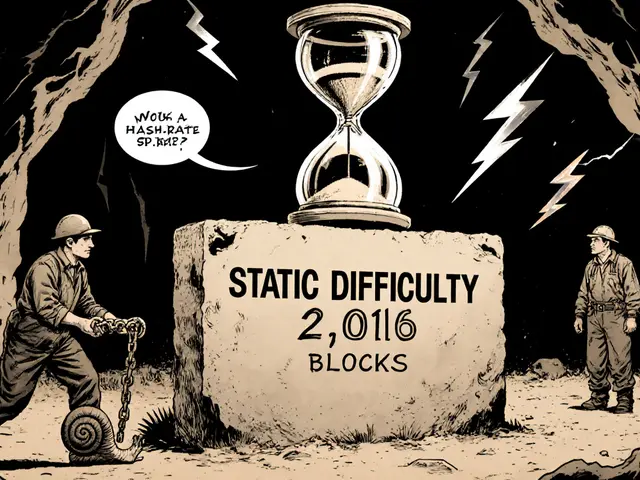Crypto Market Volatility: What Drives It and How to Stay Ahead
When you hear crypto market volatility, the rapid and often extreme price changes in digital assets like Bitcoin and Ethereum. Also known as cryptocurrency price swings, it's not random chaos—it's the result of real forces colliding: regulatory shifts, investor behavior, and technical upgrades. Unlike stocks, crypto markets run 24/7 with no circuit breakers, no central bank interventions, and no historical patterns to rely on. That’s why a single tweet or a failed exchange withdrawal can send prices plunging—or skyrocketing—in minutes.
This volatility doesn’t happen in a vacuum. It’s tied directly to blockchain forks, decisions that split networks and trigger uncertainty among holders. A contentious fork, like those seen in Bitcoin or Ethereum history, often sparks panic selling or FOMO buying. Meanwhile, crypto ETFs, regulated investment vehicles that bring institutional money into crypto, are slowly taming the edges of this volatility—but only for the biggest coins. Smaller tokens? They still dance to the tune of speculation, airdrop hype, or wallet exploits. Even validator slashing, penalties for staking errors on Proof-of-Stake chains, can ripple through markets when large stakers get hit, triggering sell-offs across related assets.
You’ll find posts here that break down why MaskEX collapsed under withdrawal complaints, how Apex Fusion’s multi-chain design tries to stabilize its token, and why Bolivia’s crypto penalties add another layer of risk for traders. Some articles show you how ETF approvals in Canada and the U.S. changed the game. Others reveal how NFT standards or modular blockchains like Celestia are building infrastructure that could reduce volatility long-term. This isn’t about predicting the next pump. It’s about understanding what moves the needle—so you’re not just reacting, but responding with clarity.






